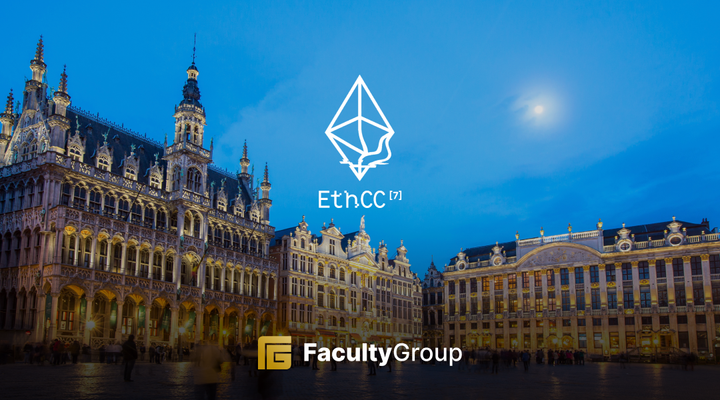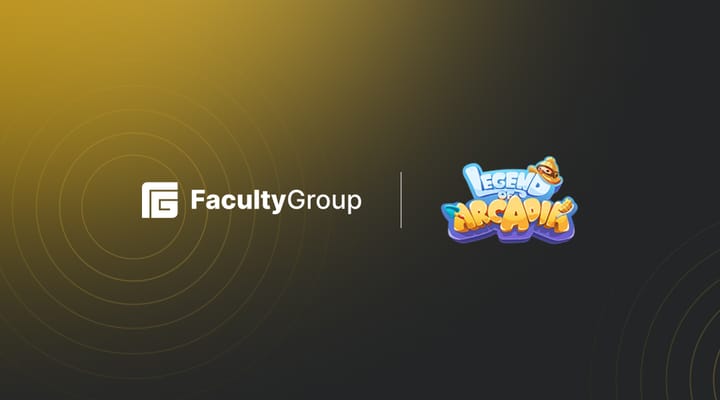LayerZero - Holy Grail of interoperability or Alpha hype?

Over the last year, one of the most significant attack vectors for hackers has cross-chain bridges. These remain the weakest link in the DeFi space, especially when transferring assets between chains. In 2022 alone, 64% of all stolen funds in DeFi were lost on bridges.
As Layer2s continue to evolve and the number of blockchain ecosystems proliferate, the quest for interoperability is becoming more urgent. The need for fluid blockchain interoperability will grow, especially between EVM and non-EVM chains. Currently, most bridging is done using ‘wrapped’ assets, leading to liquidity fragmentation across many different chains, dApps and ecosystems.
One of the projects looking to address this ‘pain point’ for blockchains and users alike is LayerZero. Unlike L1s and L2s, LayerZero is not a blockchain. It is a type of cross-chain communication protocol that enables blockchains to communicate without using wrapped assets, sidechains or other ‘trusted’ intermediaries and can be integrated into any smart contract. Think of LayerZero as a generalised message-passing ‘bridge’ infrastructure natively transferring assets and other data across different chains. Its simple modular framework allows applications to build cross-chain solutions on top, allowing projects to make their own choices in implementation.
How it works
LayerZero envisions a world where all chains are connected seamlessly, and users can interact between chains without being aware of it. Whether or not this is achievable is anyone’s guess, but it is a lofty ideal for any blockchain project.
The diagram below illustrates how LayerZero transactions work across chains:

Source: LayerZero Whitepaper
LayerZero Endpoints are the UX interface to the LayerZero network. Each chain has one Endpoint implemented as a series of on-chain intelligent contracts. The Endpoint allows users to send a message using the LayerZero backend, guaranteeing validated delivery.
The Oracle is a third-party service that provides the mechanism to read a block header from one chain, independent of other components, and send it to another chain. In theory, this Oracle can be any third-party service that provides this mechanism, but in practice, LayerZero intends to use Chainlink, the current industry leader in decentralised Oracle networks.
The Relayer is an off-chain service similar to an Oracle, but it fetches the proof for a specified transaction instead of fetching block headers. To ensure valid delivery, the only requirement is for any message sent using the LayerZero protocol; the Oracle and Relayer must be independent of each other. This design ensures that the Relayer cannot collude with the Oracle, and this independence creates trustless validated delivery.
Their approach is to keep things simple for developers and applications, providing them with an efficient cross-chain framework that is simple and intuitive. For users, cross-chain interactions are easier, cheaper and more secure. In theory, everyone wins.
There is a slight wrinkle. Oracles and Relayes run the fetching and storing transaction data off-chain (like Layer2s). While this reduces costs, it creates additional trust assumptions as users cannot ‘check the chain’ to verify the transaction data themselves. There is also the question of data storage and security. Given that the choice of Relayers is still somewhat limited to Chainlink and several other providers, LayerZero needs the number of Relayers to grow over time to be truly decentralised. If the same few Oracles and Relayers are responsible for validating most LayerZero transactions, then the protocol will face claims of being centralised by default, not design.
Adoption rules them all
As with all new protocols, security and adoption are vital to their success and longevity in DeFi. Quality often trumps quantity when it comes to partnerships; theirs include Stargate Finance (a native asset bridge built using LayerZero), Avalanche (who is building a BTC bridge using LayerZero) and Circle (who is building USDC on top of LayerZero).
Since its 2022 launch, LayerZero has over 70 projects in its ecosystem, over 30 supported chains, and 2.4 million unique users. Most transactions are from Layer2 chains such as Arbitrum, Polygon, Optimism, and Avalanche:


Source: Dune Analytics https://dune.com/haechi_research/layerzero-and-stargate
LayerZero’s transaction volume has increased since April 2023, driven by alpha speculation of an $ZRO token airdrop, similar to what Arbitrum, Optimism and other alpha token targets have experienced over the past year. LayerZero may be riding its hype wave, but in theory, there is more to this protocol than alpha.
Achieving true interoperability across chains is necessary for the overall success of Web3. The customisation of its simple framework, plus its partnerships, could enable LayerZero to be a foundational part of creating ‘omnichain’ infrastructure to connect them all. Definitely, one to watch as it plays out.








